 Dental implants are built to last—and they will—when cared for with the same diligence you give your natural teeth. Because implants integrate with your jawbone, neglect can invite the same bacteria that cause gum disease around natural roots, threatening the bone that supports your new smile. The good news? Keeping your implants healthy doesn’t require complicated routines or expensive gadgets. By pairing smart daily habits with regular professional care from our Pinnacle Center Dental Implants and Periodontics team, you can protect your investment for decades to come.
Dental implants are built to last—and they will—when cared for with the same diligence you give your natural teeth. Because implants integrate with your jawbone, neglect can invite the same bacteria that cause gum disease around natural roots, threatening the bone that supports your new smile. The good news? Keeping your implants healthy doesn’t require complicated routines or expensive gadgets. By pairing smart daily habits with regular professional care from our Pinnacle Center Dental Implants and Periodontics team, you can protect your investment for decades to come.
Why Implant Maintenance Deserves Special Attention
Even though an implant crown or bridge can’t develop a cavity, the surrounding soft tissue and bone stay very much alive. Plaque, tartar, and inflammation around implants are collectively called peri-implant diseases. Left unchecked, they may lead to:
- Peri-implant mucositis – inflammation limited to the gum tissue
- Peri-implantitis – inflammation plus bone loss beneath the gumline
Both conditions usually progress silently. By the time discomfort appears, bone support can already be compromised. That’s why a proactive home-care routine and regular check-ins with our periodontists Dr. Katherine L. Roll and Dr. Kelly B. Williams matter every single day.
Build a Home-Care Routine That Works
1. Brush Thoroughly—Twice, Not Once
- Choose a soft-bristled brush. Hard bristles can scratch implant restorations and irritate soft tissue.
- Use low-abrasion paste. Whitening formulas often contain coarse particles that may dull porcelain or zirconia.
- Angle the bristles at 45°. Sweep gently along the gumline to disrupt plaque where it begins.
- Two minutes per session. Set a timer or play your favorite song—consistent timing ensures complete coverage.
2. Clean Between Implants Daily
Flossing is just as critical for implants as it is for natural teeth. Traditional floss, however, isn’t always the most convenient around wider implant crowns. Consider these alternatives and pick the one you’ll actually use:
| Tool | Ideal Use | Pro Tip |
|---|---|---|
| Implant-safe floss | Single implants & tight contacts | Loop the floss to steady your grip |
| Interdental brush | Bridges & wider embrasures | Choose a size that glides with light resistance |
| Water flosser | Limited dexterity or orthodontic wires | Hold the tip at 90° to the gumline for best cleansing |
Whichever method you prefer, consistency is key. Our team can demonstrate proper technique at your next hygiene visit.
3. Antimicrobial Rinses for Extra Protection
An alcohol-free, chlorhexidine or essential-oil mouth rinse can reduce bacterial counts in hard-to-reach pockets. Swish once or twice a day, ideally after brushing and flossing, for 30 seconds. If you’re recovering from recent implant surgery, we may recommend a specific rinse schedule tailored to your healing timeline.
Diet and Lifestyle Choices That Support Implant Health
Mind Your Menu
- Crunch wisely. Nuts, seeds, and popcorn hulls love to lodge under implant bridges. Enjoy them, but follow with floss or a water flosser.
- Balance your plate. Vitamin C, vitamin D, calcium, and protein all contribute to healthy bone and gums. A varied diet helps your implants—and you—stay strong.
- Limit sugary snacks and acidic drinks. They feed harmful bacteria and lower the pH in your mouth, inviting inflammation.
Quit Smoking—or Never Start
Nicotine constricts blood vessels and slows healing, increasing the risk of peri-implantitis. If you need support quitting, let us know; we can direct you to resources that improve your odds of success.
Moderate Alcohol
Alcohol dries oral tissues and can interfere with the body’s natural defenses. Enjoy responsibly and follow with water to keep tissues hydrated.
Protect Your Investment While You Sleep
Night Guards for Bruxism
Do you wake up with sore jaws or notice flattened tips on your teeth? Grinding or clenching transmits excessive force to implants. A custom night guard cushions those forces, preserving both your implants and neighboring teeth.
Oral Appliance Care
If you already wear a CPAP mask or sleep apnea appliance, clean it daily. Bacterial biofilm builds on surfaces that contact gums and can migrate to implant sites.
Professional Care You Shouldn’t Skip
1. Periodic Hygiene Visits
Every six months is a common interval, but some patients benefit from more frequent cleanings—especially those with a history of gum disease. During these visits, we:
- Remove hardened tartar with implant-friendly instruments
- Check gum pocket depths around each implant
- Polish crowns and bridges to a lustrous, plaque-resistant finish
- Review and refine your home-care technique
2. Periodontal Maintenance Exams
Our periodontists evaluate bone levels and soft tissue health using high-resolution digital X-rays and gentle probing. Early detection allows minimally invasive intervention—often as simple as adjusting brushing technique, prescribing a medicated rinse, or smoothing a rough crown margin.
3. Occlusal (Bite) Checkups
Your bite can change over time due to tooth wear or new dental work. A slight shift may overload an implant on one side. We monitor contacts and make precise adjustments to distribute force evenly.
Recognizing Early Warning Signs
Call us promptly if you notice:
- Persistent redness or swelling around an implant
- Bleeding when brushing or flossing
- Pus or a bad taste near the site
- A sensation that the crown is “loose” or moves
- Unexplained discomfort or pressure when biting
Early treatment often prevents complex procedures later.
Frequently Asked Questions
How long do dental implants last?
With proper maintenance, implants can last 25 years or more. Many patients enjoy them for life.
Do I need special toothpaste or brushes?
Not necessarily. Look for soft bristles and low-abrasion paste. Our team can recommend trusted brands if you’d like guidance.
Can a water flosser replace string floss?
Yes—provided you use it daily and aim the jet correctly along the gumline. Some patients combine both methods for thorough cleaning.
Is a night guard bulky or uncomfortable?
A custom-made guard is slim and tailored to your bite, so most patients adapt quickly. Over-the-counter boil-and-bite guards often feel bulky and may not provide ideal protection.
How soon should I schedule my first maintenance visit after implant placement?
We typically see patients one to three months after final crown delivery, then set an interval based on your individual needs.
Let’s Keep Your Smile Thriving
Dental implants offer remarkable stability and confidence, but they rely on daily partnership between you at home and our Pinnacle Center Dental Implants and Periodontics team in the office. By adopting the straightforward habits outlined above—consistent brushing, effective interdental cleaning, healthy lifestyle choices, protective appliances, and regular professional care—you can give your implants the foundation they need to thrive for decades.
If you’re due for a maintenance visit or have questions about your current routine, reach out today. Dr. Roll, Dr. Williams, and the entire team are ready to help you enjoy a lifetime of healthy, functional implants. Request an appointment online or call our office, and let’s keep your smile at its pinnacle.


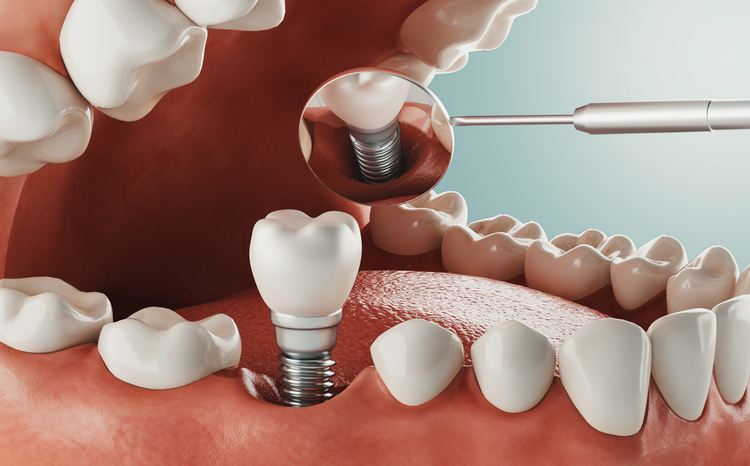 Missing teeth affect more than the way you look—they undermine oral function, jeopardize long‑term health, and can chip away at self‑confidence. Whether you have lost a single tooth to decay or require a full‑arch replacement after years of wear,
Missing teeth affect more than the way you look—they undermine oral function, jeopardize long‑term health, and can chip away at self‑confidence. Whether you have lost a single tooth to decay or require a full‑arch replacement after years of wear, 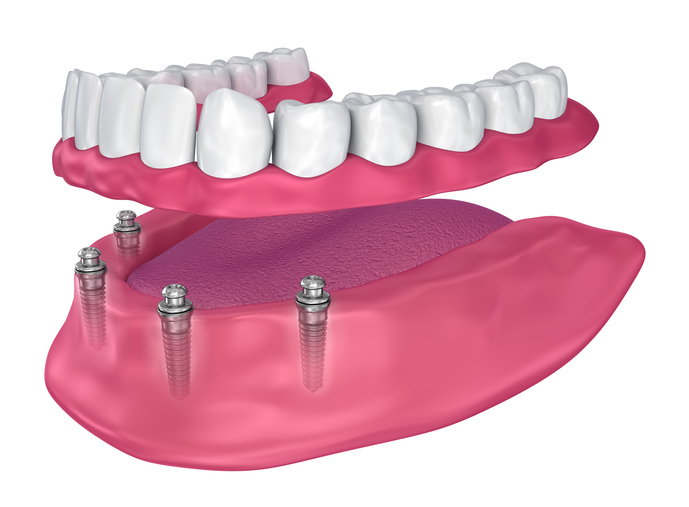 Removable dentures have been dentistry’s go-to solution for total tooth loss for more than a century. Yet anyone who has worn them knows the frustrations: slipping while you speak, clicking mid-meal, acrylic that dulls taste, and a constant worry about embarrassing mishaps.
Removable dentures have been dentistry’s go-to solution for total tooth loss for more than a century. Yet anyone who has worn them knows the frustrations: slipping while you speak, clicking mid-meal, acrylic that dulls taste, and a constant worry about embarrassing mishaps. 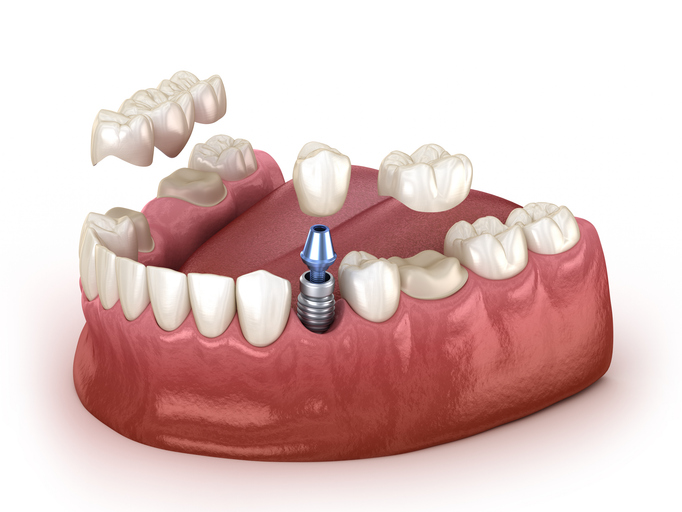 At Pinnacle Center Dental Implants and Periodontics in Pittsburgh, PA, we understand that choosing the best treatment to replace your missing teeth is an important decision. With so many options available, it can be challenging to feel confident about which route to take. Today, we would like to offer clarity on the differences between
At Pinnacle Center Dental Implants and Periodontics in Pittsburgh, PA, we understand that choosing the best treatment to replace your missing teeth is an important decision. With so many options available, it can be challenging to feel confident about which route to take. Today, we would like to offer clarity on the differences between 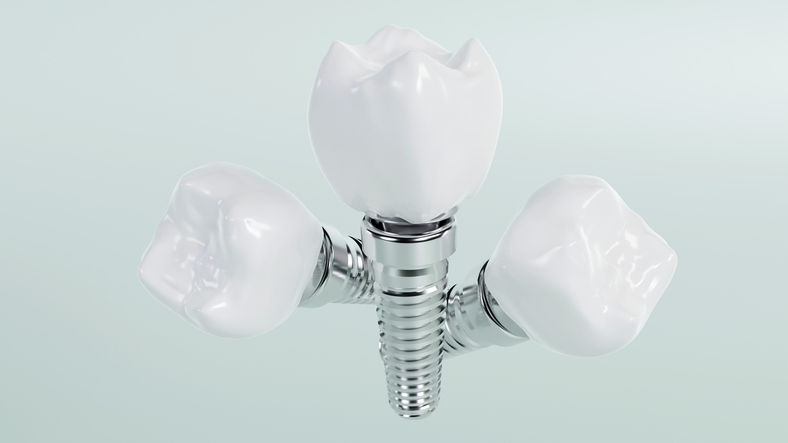 If you have been looking for a dependable, long-term way to replace missing teeth,
If you have been looking for a dependable, long-term way to replace missing teeth,  Missing teeth can have a significant impact on both your appearance and your ability to enjoy the foods you love. Fortunately, advances in dental implant technology now offer a solution that can restore your smile in a single visit. Known as “
Missing teeth can have a significant impact on both your appearance and your ability to enjoy the foods you love. Fortunately, advances in dental implant technology now offer a solution that can restore your smile in a single visit. Known as “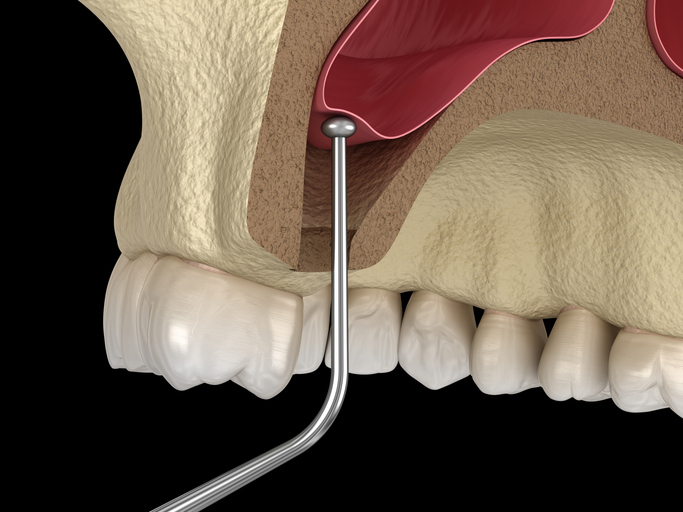 If you’re considering
If you’re considering 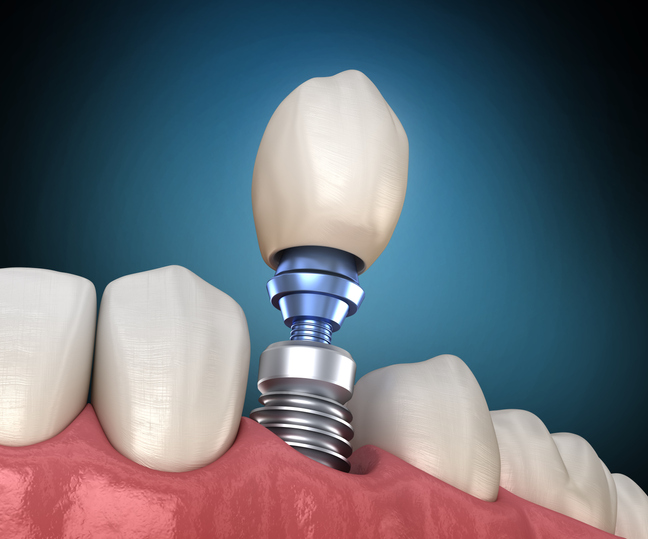 Welcome to Pinnacle Center Dental Implants and Periodontics, where your smile is our priority. Today, we are diving deep into the world of
Welcome to Pinnacle Center Dental Implants and Periodontics, where your smile is our priority. Today, we are diving deep into the world of 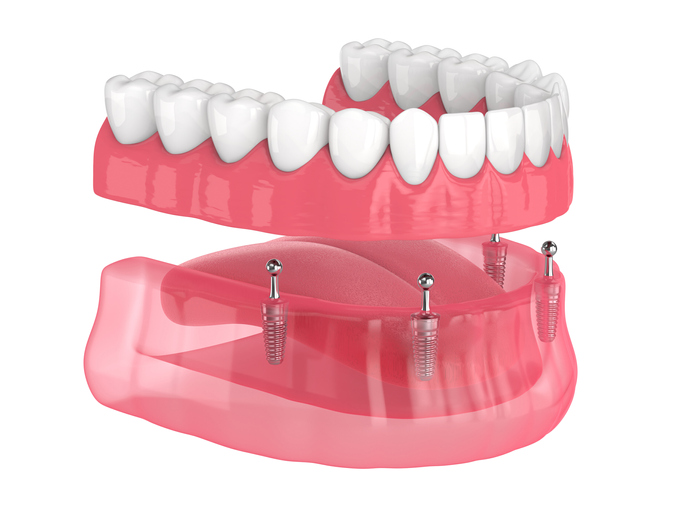 Welcome to Pinnacle Center Dental Implants and Periodontics. Today, we will delve into the innovative world of
Welcome to Pinnacle Center Dental Implants and Periodontics. Today, we will delve into the innovative world of